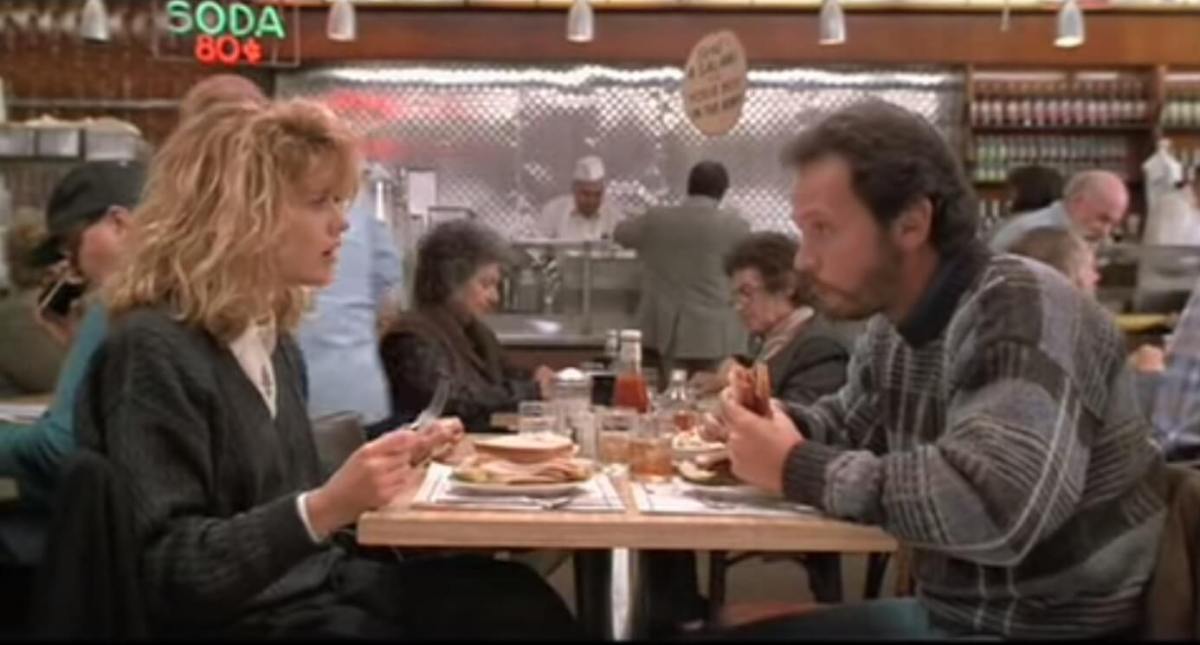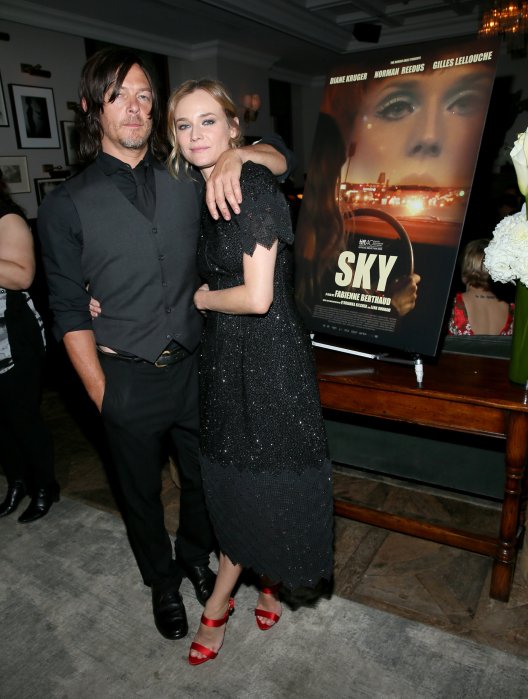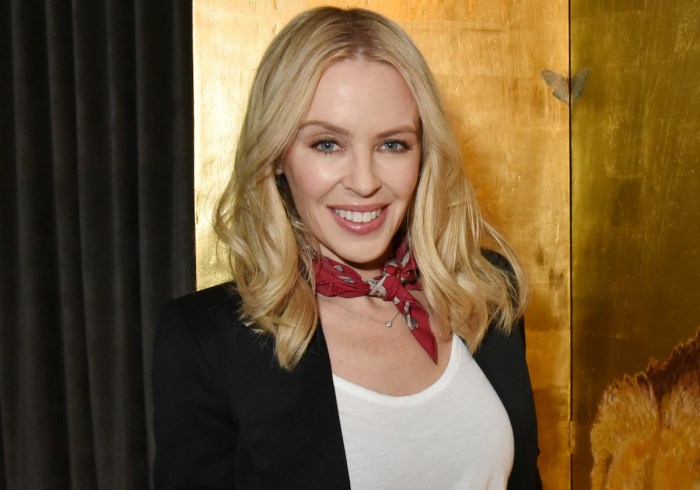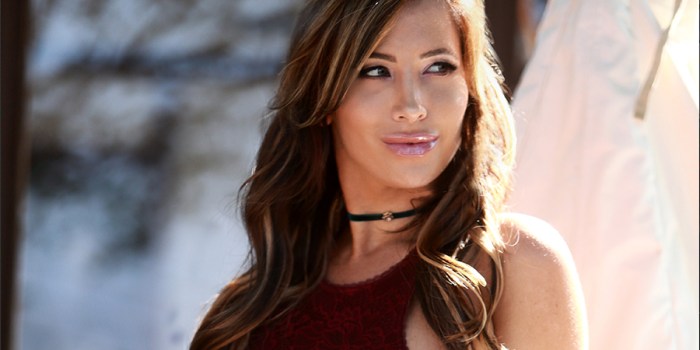I’m a big movie buff. Romantic Comedies, Dramas, Action, Documentaries, SciFi, Mystery… from the junk food of Jay and Silent Bob to the over-the-top action of Kill Bill to the episodic writing of Harry Potter… you’ll find me in front of the silver screen allowing it to wash over me… taking me to — wherever. Movies are an escape from reality, and as such the writers and directors demand one thing from the audience: Suspension of Disbelief — the viewer’s willingness to sacrifice realism and logic for the sake of their enjoyment of the film. I have no truck with Suspension of Disbelief. But for movies set in the real world, where relationship dynamics play out on-screen… what I’m not capable of is Suspension of Realistic Possibility. Romantic Comedies—RomComs—are the lowest common denominator for Offensive Visual Improbabilities. Sure, I can get on a familiar soapbox and pontificate on the unrealistic relationship between Edward and Vivian (Pretty Woman) or Thomas and Catherine (The Thomas Crowne Affair), the completely implausible (Just Like Heaven, Alex & Emma), or the endless string of love triangles (Twilight, Titanic, My Best Friend’s Wedding, etc, etc., etc., ad nauseum). We can even ignore the fact that most of the newest flicks (most likely) star Kate Hudson, Katherine Heigl or Reese Witherspoon. What continues to bother me are three things: The male characters, the female characters, and the dynamics between them. Let me put all that in a blender and mix it until it becomes a frothy, chocolaty shake… In most RomComs, men assume one of three roles: The Loner/Drifter/Bad Boy, The Lovable Loser, or The Rich Tycoon… with the women assuming the a role of The Career Woman, The Caretaker/Savior, or The Innocent One. These can run mix-and-match and achieve some startling story lines… but what interests me are the “lessons” the viewer learns and the examples being set — and examples lead to unconscious expectations. The Bad Boy is emotionally unavailable and distant. He shows our heroine his interest in the beginning (getting her hooked), and she spends the remainder of the film convincing him to love her/change his ways/not to leave. She finds validation in his decision to love her (or not), to change (or not), and/or to leave (or not). The Lovable Loser is the man with tons of potential… but he isn’t really achieving anything. She can see his potential, but he is unwilling to change/learn/grow. Does she leave? Of course not. She puts in more and more and more until he does change… and he changes (wait for it…) for her. The Rich Tycoon is great looking, wealthy, urbane, great in bed, loving…but broken in someway. And his brokenness is usually is glaring/severe (he’s a criminal/sadomasochist/not actually rich/formerly a woman/a combination of all these and more). She will start out by sacrificing her morals… then think better of it and sell him out. Inevitably, she will discover she was wrong (in true “women are so naïve” form) and he will win her over. *yawn* The female characters vacillate between various actions and emotions: loving, allowing, angry, bitchy, controlling, accepting, confused. But regardless of their character makeup they are some glaring consistencies. They are usually trying to: figure him out and understand his motivations, and then adjust their love/lives/location/careers/family life/expectations/home/friends/commute times/interests around him… so that she will be more acceptable to him… so he will love her. THEN… once he does… she will (usually) uproot herself from whatever she wanted/needed/invested in and…. move cross-country/quit her job/chew out her family/support him in his new venture… whatever. The dynamics here are really screwed up… for a number of reasons. Firstly, it sets men up for failure. It provides three archetypes to which they must fall (when in actuality many/most men are a combination of these and more… not to mention that The Rich Tycoon isn’t hanging around random hardware stores, no matter what Fifty Shades of Grey portrays when it comes out next year). Secondly, it shows men that they don’t really need to grow/change… men can be aloof, lazy, headstrong, laid-back, dedicated, cheat, steal, remain distant, not invest, lie, whatever… don’t worry… she’ll accept it all and adjust herself to make it work. For women, it shows them that they can have the dream guy… all they need to do is do everything… for him, for the relationship, and for the expectations that come with it all. Meaning: To have a successful relationship with a man — whichever man you end up with — women need to accept that he will be broken… and it is her job to fix/save him… or adjust herself (read: lower her expectations to the point of no point). The message is unfortunately clear: Women are expected do the heavy lifting in a relationship. As a man, I call bullsh*t. Nothing wrong with entertainment or the Suspension of Disbelief. I’m all about escaping into the world of… wherever. But the writers of today seem to have found a magic formula that shows women over and over how they are the ones who need to fix men… and accept what you get because men “are the way they are” without hope of growth. In truth, I would hope more men would be disgusted with the archetypes portrayed… and I would implore women not to take these as subconscious lessons—no matter how often they are inculcated with these “You must fix men and accept them” messages. As I see it, there’s nothing wrong with expectations in a relationship. Expectations mean you value YOU and you want others to, also. But to constantly adjust and SACRIFICE who you are for the sake of a relationship is plain wrong. Once you start down the path of accepting second-best, it will dominate your judgment.
How romantic comedies set us up for failure in love



















